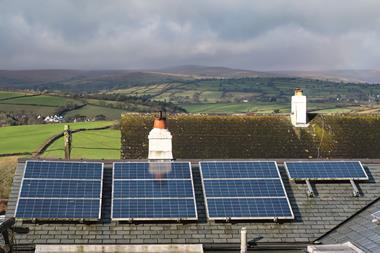Drones have a number of commercial applications from aerial photography to assisting the emergency services – and, potentially in the near future, parcel delivery. Yet the recent incidents at Gatwick and Heathrow have brought into focus the question of how to regulate the use of these remote-controlled aircraft.

The use of drones and other unmanned aircraft is regulated by the Civil Aviation Authority (CAA). To use a drone for commercial purposes, a number of rules – set out in the Air Navigation Order 2016 – apply. Most notably, the person operating the drone must have a permission from the CAA and must not fly above 400ft or within 1km of an airport.
While a CAA permission entitles a drone to be operated in a built-up area, it does not automatically make the drone flight lawful. Local authority permission may also be required and data protection law will also need to be considered. Moreover, it is unclear how traditional legal principles such as trespass and nuisance will be applied to drone use.

Case law from a time well before the use of drones made it clear that landowners only have the right to prevent a trespass into their airspace at a height that would interfere with the ordinary use and enjoyment of the land. It remains to be seen what that might mean for commercial drone operators in any given circumstances.
Even if a drone does not commit an unlawful trespass, its use might still represent a private or statutory nuisance. Courts are likely to consider noise, invasion of privacy and frequency and hours of use. One could easily imagine how someone living near the flight path of a delivery company’s fulfilment centre could have cause for complaint once drone deliveries become commonplace. But occasional use to inspect a roof or survey a development site is unlikely to give rise to a claim.
Regulation of drone use is in its infancy and will develop as the technology becomes more prevalent. The government has confirmed that operators of drones weighing 250g or more will, from November, be required to register with the CAA and drone pilots must take an online safety test.
The government also intends to expand the no-fly zone around airports from 1km to 5km and to introduce new police powers to deal with irresponsible drone use. These powers probably will not concern the ordinary commercial drone user in a property or construction context.
As long as drones are used responsibly and within the regulations, the property industry ought not to be concerned about increasing regulation.
Edward Cracknell is a senior associate at Russell-Cooke
































No comments yet